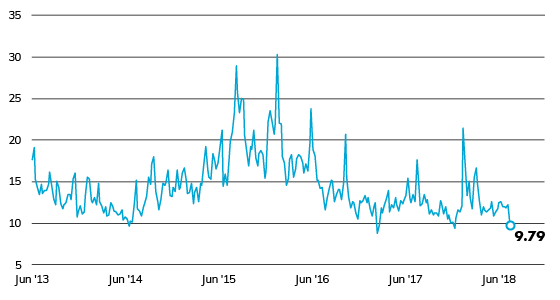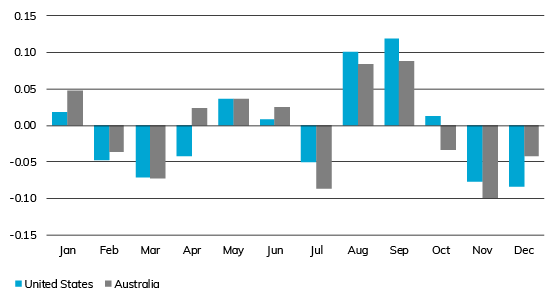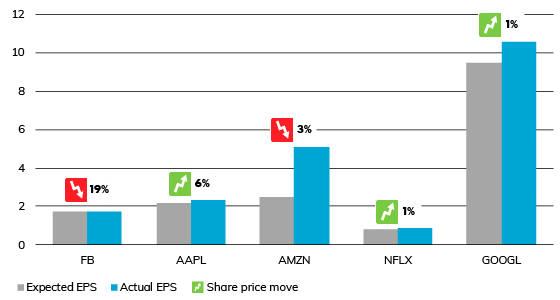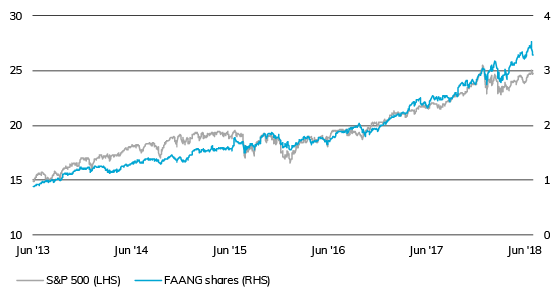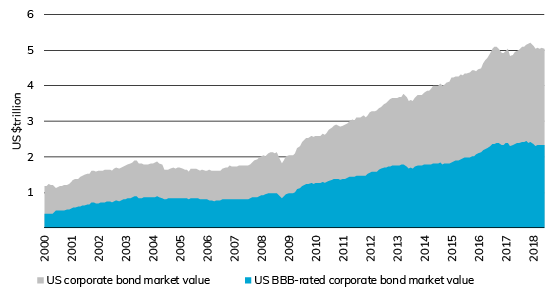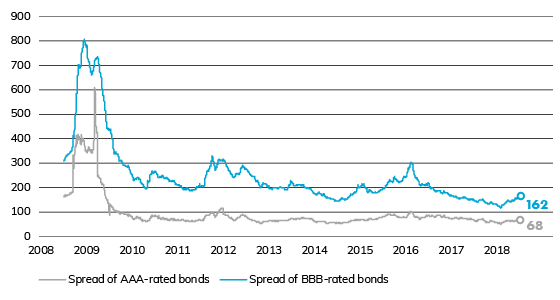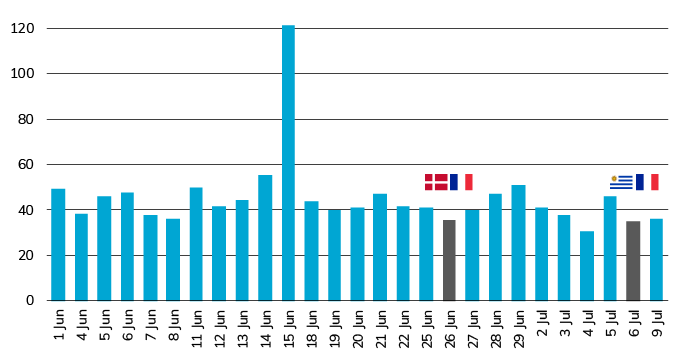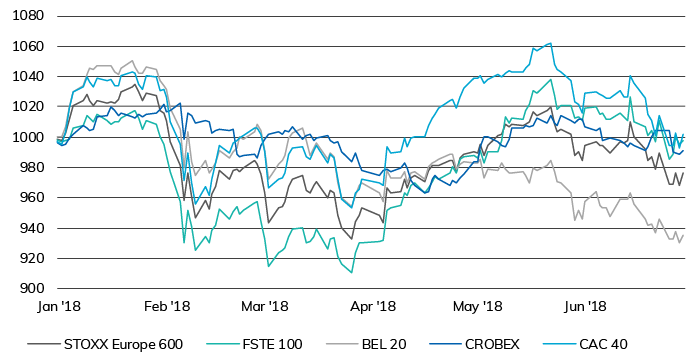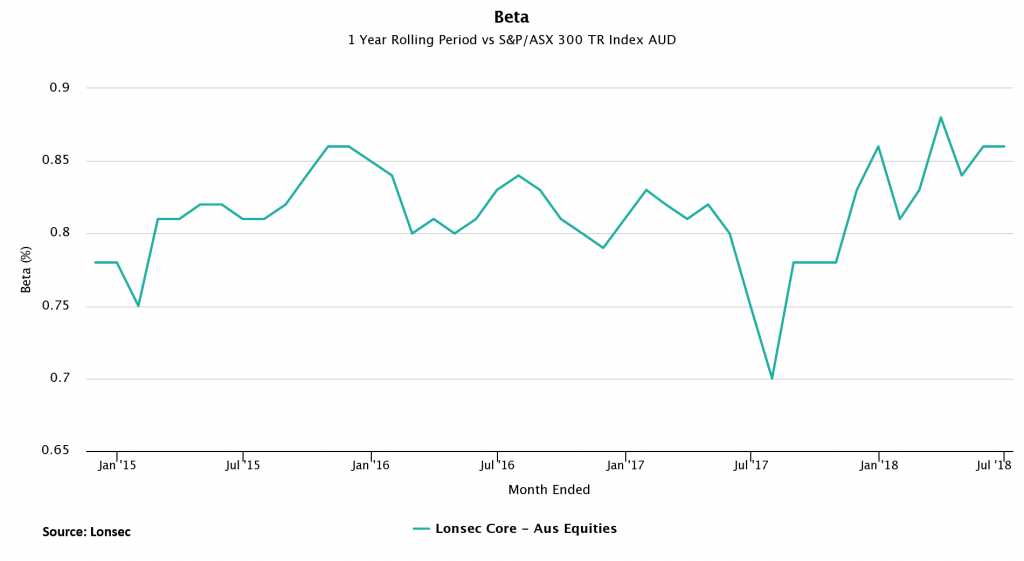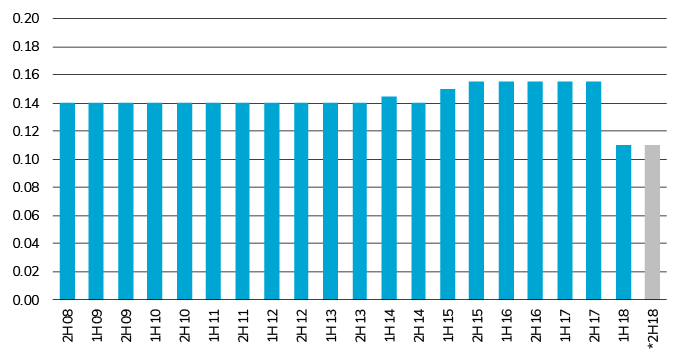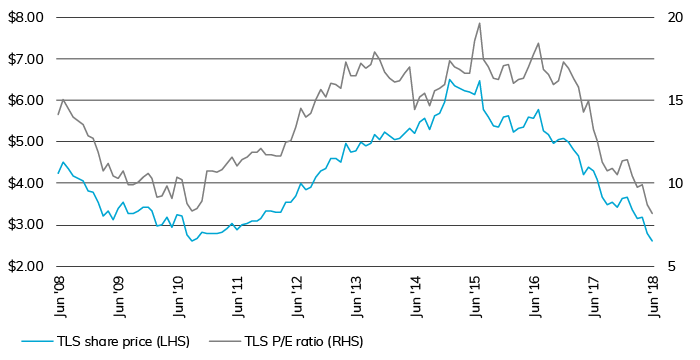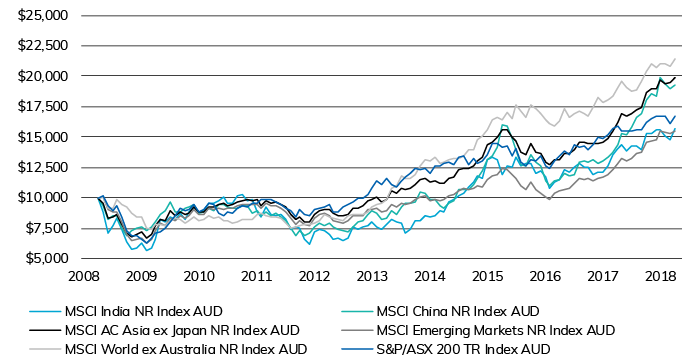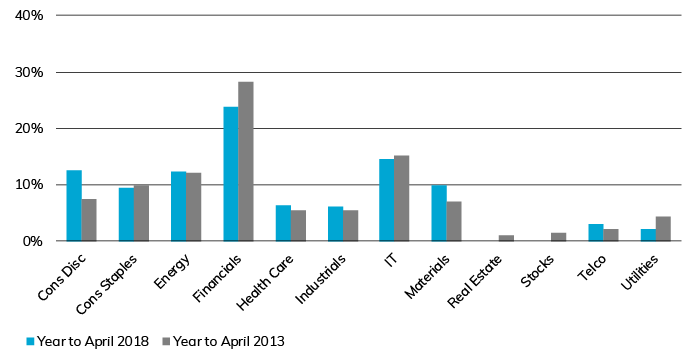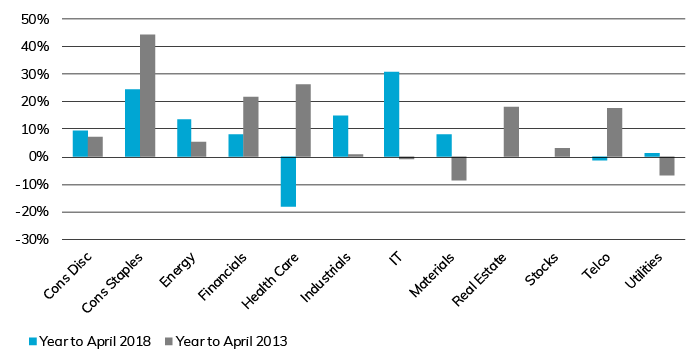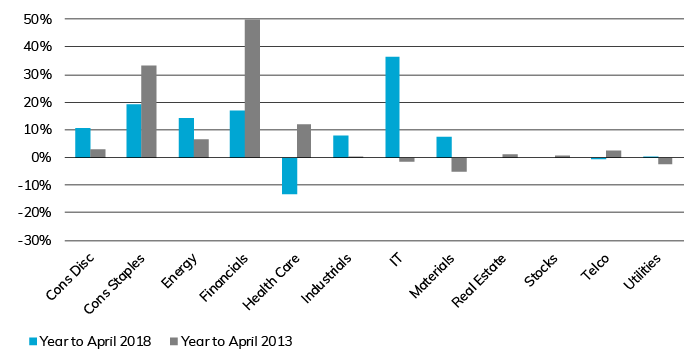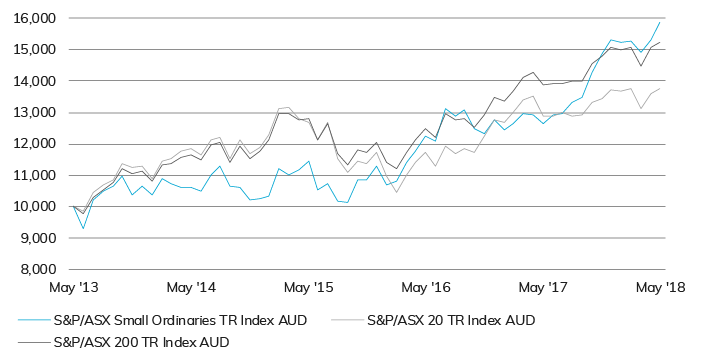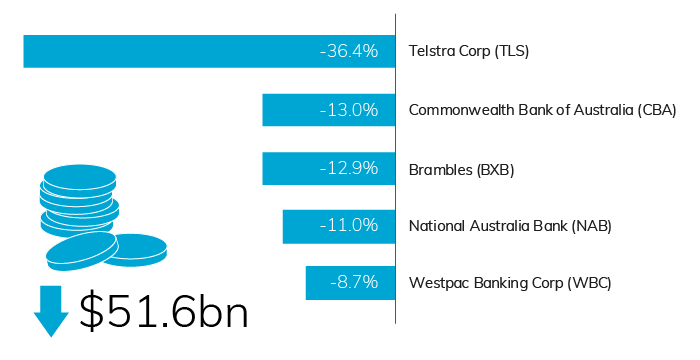Following an extensive market search, Lonsec is pleased to announce the appointment of Libby Newman to the role of Executive Director of Lonsec Research.
Ms Newman has more than 25 years of experience in investment management and funds research, including most recently as Lonsec’s Head of Manager Research in Melbourne. Since joining Lonsec in 2007, Ms Newman has held several senior research roles covering fixed income and multi-asset funds, and has been a key member of Lonsec’s Investment Committee and Manager Selection Committee, which manage Lonsec’s model portfolios.
Prior to joining Lonsec, Ms Newman spent 10 years as part of the fixed income team managing Suncorp’s insurance mandates, and has experience in operations, investment performance systems and risk management at Suncorp, Abbey National, DST International, and boutique credit arbitrage manager Artesian.
As Executive Director, Libby will lead Lonsec Research’s investment analyst and data analytics teams, supported by the diverse knowledge and experience of Lonsec’s leadership team.
“We are very excited to announce Libby as our new Executive Director of Lonsec Research,” said Lonsec CEO Charlie Haynes. “Libby has developed an intimate understanding of the research needs of financial advisers and is widely respected throughout the industry for her sheer depth of investment product knowledge.”
Ms Newman will step into the new role at a time of growth for the Lonsec Group, which includes superannuation research house SuperRatings. Lonsec’s iRate platform remains number one among financial advisers and dealer groups, while Lonsec’s investment consulting team continues to expand, with a focus on providing bespoke investment solutions.
“The quality of our investment research forms the basis of everything we do at Lonsec,” said Ms Newman. “We are continually evolving our tools to meet the new challenges and opportunities within the financial services industry, and I am excited to be playing a part in that.”
Release ends
IMPORTANT NOTICE: This document is published by Lonsec Research Pty Ltd ABN 11 151 658 561, AFSL 421 445 (Lonsec).
Please read the following before making any investment decision about any financial product mentioned in this document.
Warnings: Lonsec reserves the right to withdraw this document at any time and assumes no obligation to update this document after the date of publication. Past performance is not a reliable indicator of future performance. Any express or implied recommendation, rating, or advice presented in this document is a “class service” (as defined in the Financial Advisers Act 2008 (NZ)) or limited to “general advice” (as defined in the Corporations Act (C’th)) and based solely on consideration of data or the investment merits of the financial product(s) alone, without taking into account the investment objectives, financial situation and particular needs (“financial circumstances”) of any particular person.
Warnings and Disclosure in relation to particular products: If our general advice relates to the acquisition or possible acquisition or disposal or possible disposal of particular classes of assets or financial product(s), before making any decision the reader should obtain and consider more information, including the Investment Statement or Product Disclosure Statement and, where relevant, refer to Lonsec’s full research report for each financial product, including the disclosure notice. The reader must also consider whether it is personally appropriate in light of his or her financial circumstances or should seek further advice on its appropriateness. It is not a “personalised service” (as defined in the Financial Advisers Act 2008 (NZ)) and does not constitute a recommendation to purchase, hold, redeem or sell any financial product(s), and the reader should seek independent financial advice before investing in any financial product. Lonsec may receive a fee from Fund Manager or Product Issuer (s) for reviewing and rating individual financial product(s), using comprehensive and objective criteria. Lonsec may also receive fees from the Fund Manager or Financial Product Issuer (s) for subscribing to investment research content and services provided by Lonsec.
Disclaimer: This document is for the exclusive use of the person to whom it is provided by Lonsec and must not be used or relied upon by any other person. No representation, warranty or undertaking is given or made in relation to the accuracy or completeness of the information presented in this document, which is drawn from public information not verified by Lonsec. Conclusions, ratings and advice are reasonably held at the time of completion but subject to change without notice. Lonsec assumes no obligation to update this document following publication. Except for any liability which cannot be excluded, Lonsec, its directors, officers, employees and agents disclaim all liability for any error, inaccuracy, misstatement or omission, or any loss suffered through relying on the information.
Copyright © 2018 Lonsec Research Pty Ltd, ABN 11 151 658 561 AFSL 421 445. All rights reserved. Read our Privacy Policy here.

